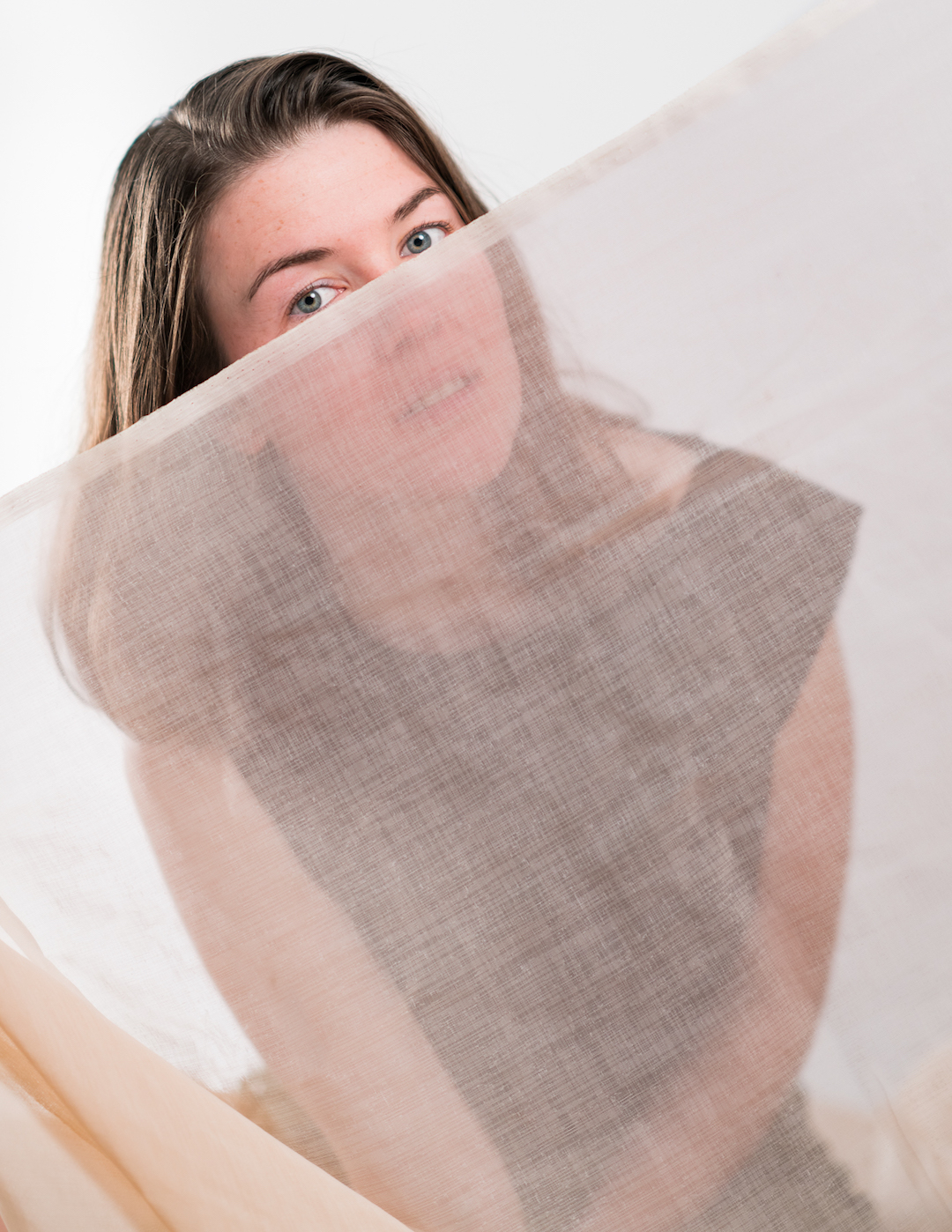
©Dania Rioux
H.B. : Who are you / how do you define yourself?
L.B : I am a multidisciplinary artist based in Tiohtià:ke/Montréal. My artistic practice has evolved a lot in recent years, coming from electroacoustic composition towards a more installative and multimedia approach, focusing on electronics and sound. My work questions interspecies relationships by considering nonhuman existences (nonhuman animal life, artificial life, the non-living, etc.) as ground for reflections on hierarchies dividing our world. I work following a DIY approach (do it yourself) favouring knowledge sharing and a critique of consumerism.
H.B. : How did this project come about / what path did you follow for its creation?
L.B : In January 2019, young students from Jean-Baptiste-Meilleur elementary school in Montréal took part in a little brainstorm : to imagine fantastic machines under the theme « Quatre machines pour sauver le monde » (Four machines to save the world). No limit, no other instruction, all ideas were welcomed. Based on their suggestions, I composed this piece, expressing with sound and music the devices thought out by the youngsters but also their surrounding environment. The work is divided into four parts which respect the original titles given by the schoolchildren :
1. Une machine volante qui fonctionne à la pollution et qui la transforme en air pur (A flying machine that functions with pollution and turns it into fresh air)
2. Une machine-robot en forme d’animal pour sauver les animaux qui n’ont pas de maison et qui sont dans la rue (An animal-shaped robot-machine to save homeless animals that live on the street)
3. Une machine pour envoyer toute la neige qui tombe ici au pôle Nord pour ne plus que ça fonde (A machine to send all the snow falling here to the North Pole so it doesn’t melt anymore)
4. Une machine-bateau-sous-marin pour nettoyer les océans (A machine-boat-submarine to clean the oceans)
In collaboration with 1st year elementary school students from Jean-Baptiste-Meilleur and their substitute teacher Samuel Cadieux.
H.B. : What does the creation of an acousmatic piece represent for you today?
L.B : In the last few years, my artistic practice has shifted to include electronics and visual arts in general while always keeping space for sound. I realized that sound is essential for my projects as it highlights their affective aspect, as well as for the sensation of vitality it confers.
H.B. : What are your next projects?
L.B : Having just graduated from my MFA, many projects are going to see the light of day in the next year such as exhibitions in Montréal, the creation of a new performative and installative work (in collaboration with composer Simon Chioini), and the teaching of workshops on freeform electronics.

